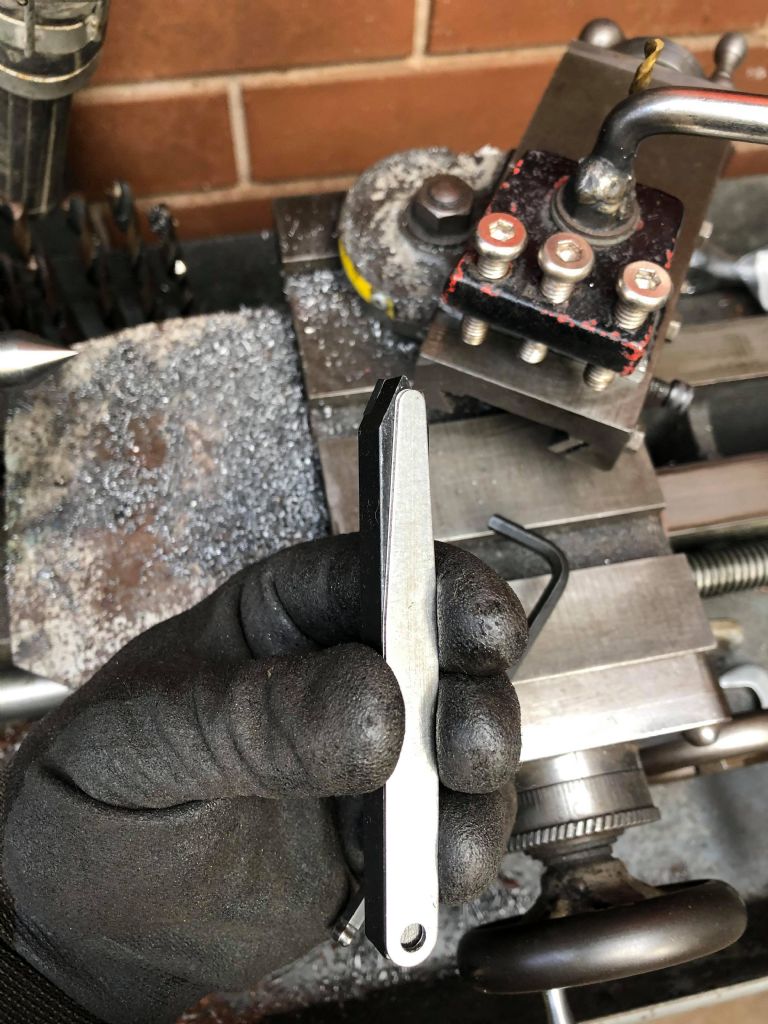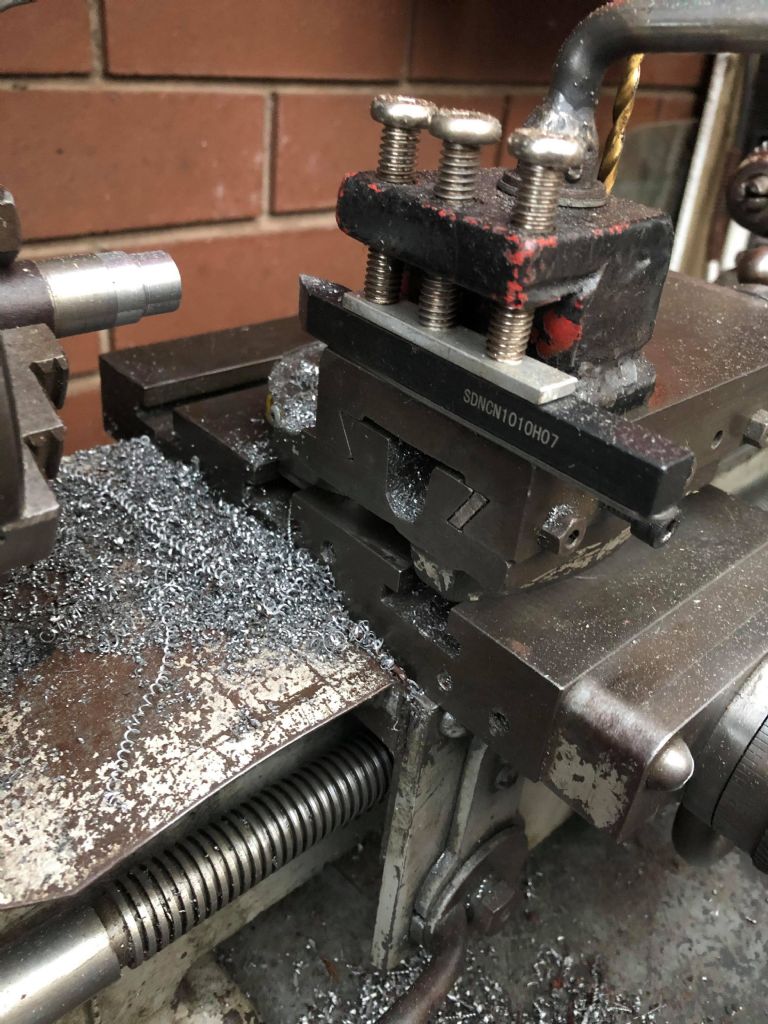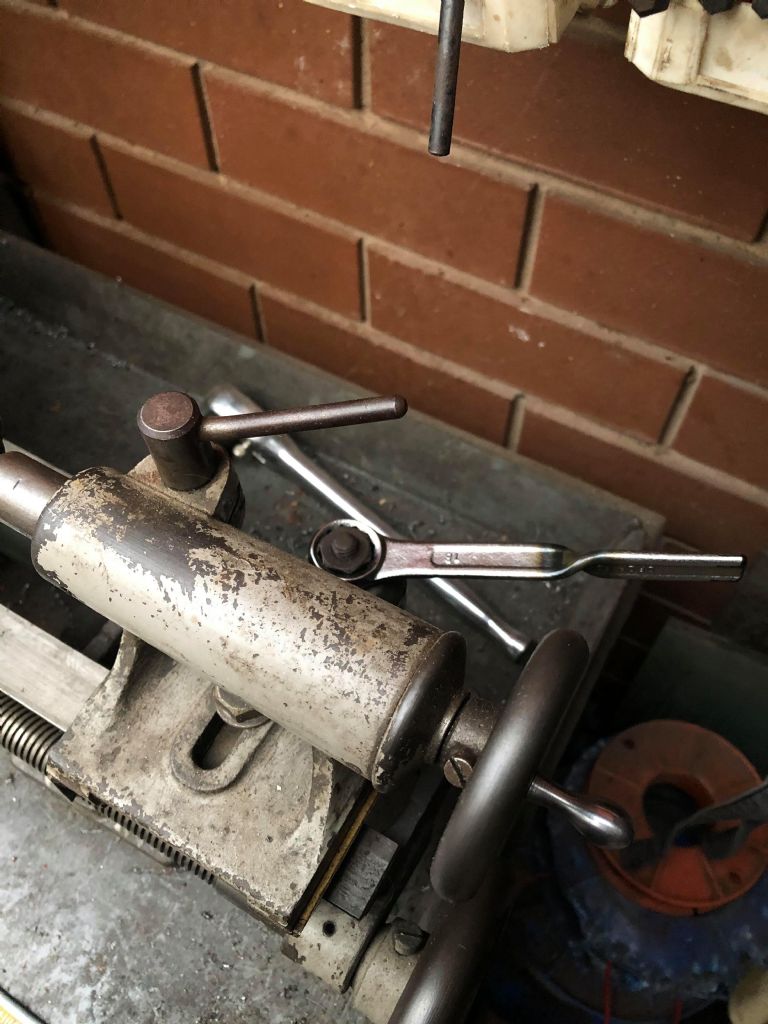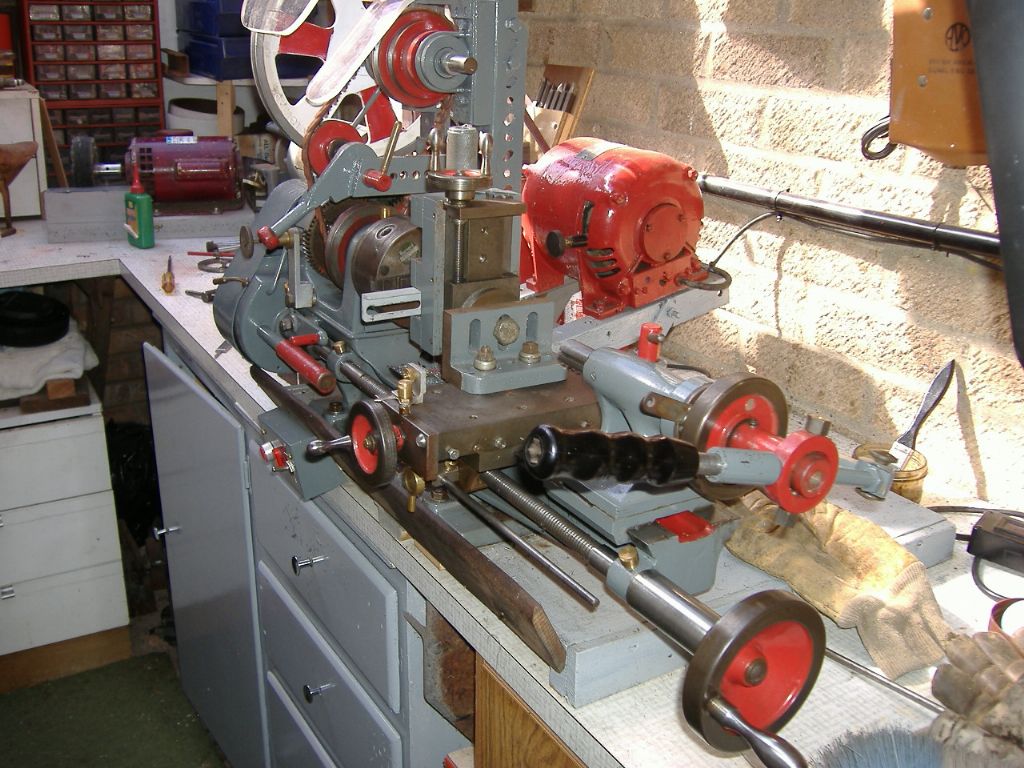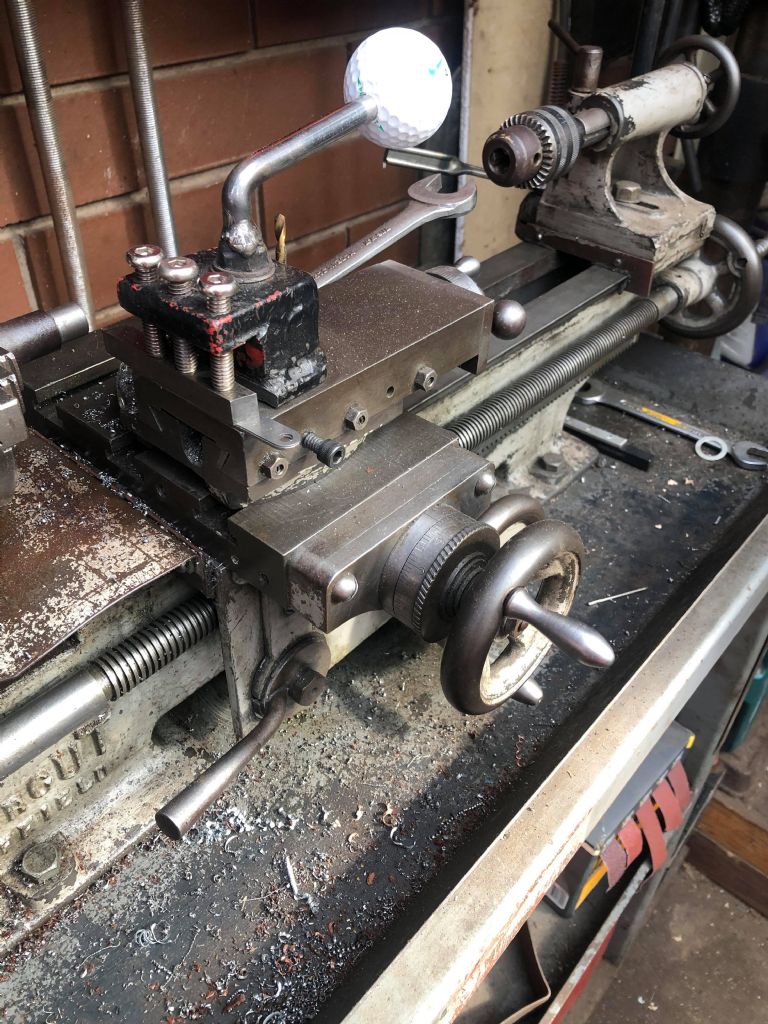Hi Jake,
My tailstock certainly needed alignment when I first got the lathe. IIRC it was aiming low and off to one side.
I think it's pretty impossible to make it perfect in real use because it needs to reach across the cross slide so I usually find that I have quite a lot of the barrel sticking out, which naturally causes it to droop. Several things can help – once the tailstock is adjusted then most come down to maximising rigidity – less barrel sticking out, shorter drill, eliminate the chuck by using drills with integral Morse tapers (not sure how easy these are to buy but I have several from a garage clearance). Doing the barrel clamp up (without actually locking it) can help a bit too.
Probably the best bet is to make things as rigid as poss and then use the biggest possible centre drill to start the hole. If this is rigidly held then it should make a concentric hole even if the tailstock aim is off because it will work like a boring tool… but your description of 'orbiting' does not convey an impression of rigidity.
Bigger drills will be longer so rigidity becomes even more of a challenge so it's essential then to start the hole with something short and rigid.
I don't think I'd go up to a 3/4 drill in the tailstock on my lathe. As a very rough rule of thumb I would not rely on the taper to hold for any drills that are bigger than the opening of the taper itself. So 1/2 inch is the biggest I've used at that end of the lathe.
One more thing springs to mind… it's possible for the headstock alignment on the Faircut to be wrong. The headstock is held down by one bolt underneath in the middle. There is (should be) also a locating pin at the back of the headstock at the right hand end. If the pin is missing (mine is) then the whole headstock can rotate around the single fixing bolt especially when doing stuff that causes sideways force like milling. If the pin is present then the alignment should be constant… either always right or always wrong. You can check the alignment using a DTI (clock gauge) or better by making a test cut and then measuring to see if you made a parallel bar or a taper.
Regards, Andy
Brian Morehen.


